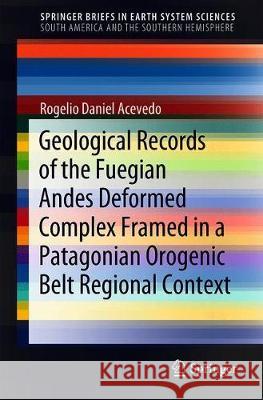Geological Records of the Fuegian Andes Deformed Complex Framed in a Patagonian Orogenic Belt Regional Context » książka
topmenu
Geological Records of the Fuegian Andes Deformed Complex Framed in a Patagonian Orogenic Belt Regional Context
ISBN-13: 9783030001650 / Angielski / Miękka / 2018 / 113 str.
Geological Records of the Fuegian Andes Deformed Complex Framed in a Patagonian Orogenic Belt Regional Context
ISBN-13: 9783030001650 / Angielski / Miękka / 2018 / 113 str.
cena 201,72 zł
(netto: 192,11 VAT: 5%)
Najniższa cena z 30 dni: 192,74 zł
(netto: 192,11 VAT: 5%)
Najniższa cena z 30 dni: 192,74 zł
Termin realizacji zamówienia:
ok. 22 dni roboczych
Bez gwarancji dostawy przed świętami
ok. 22 dni roboczych
Bez gwarancji dostawy przed świętami
Darmowa dostawa!
This book studies the Fuegian Andes in Argentina, showing both simple and complex aspects.











